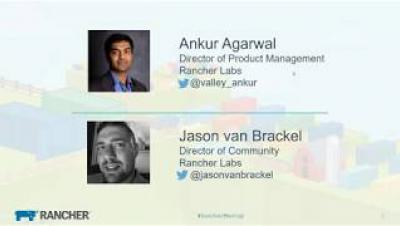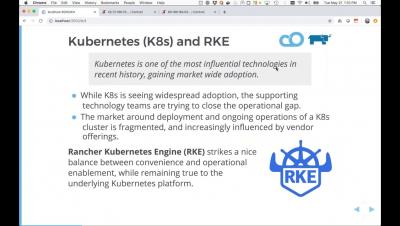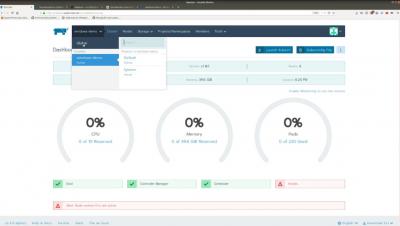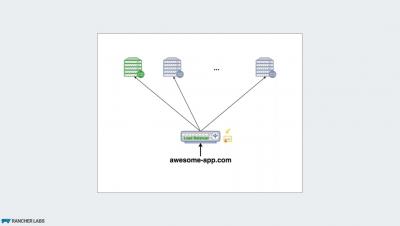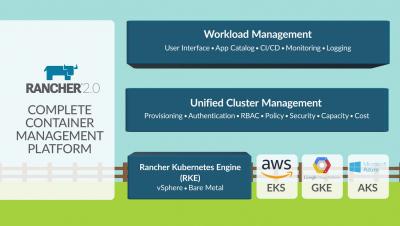Kubernetes Master Class: Bringing Istio to Production
We all have gone through the introductory talks about Istio, but there is some confusion on how you can bring Istio in to a full production environment. In this master class, we will help you understand this journey of bringing Istio into a production environment and how it differs from your testing environments.



